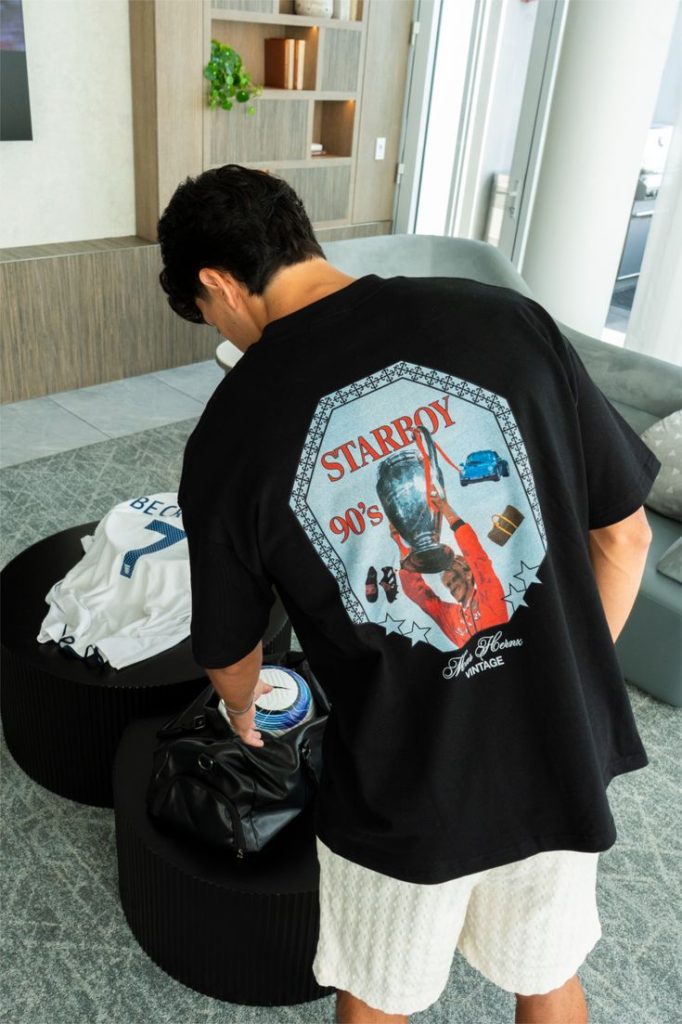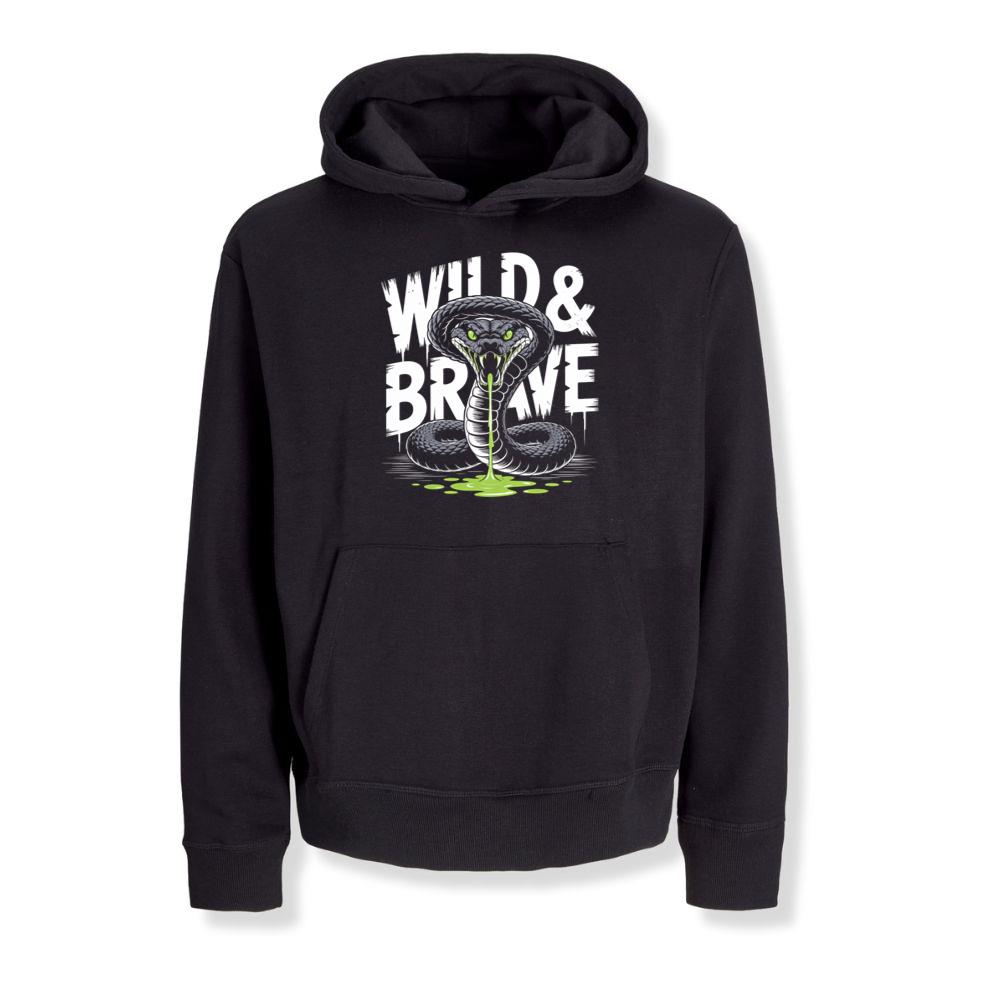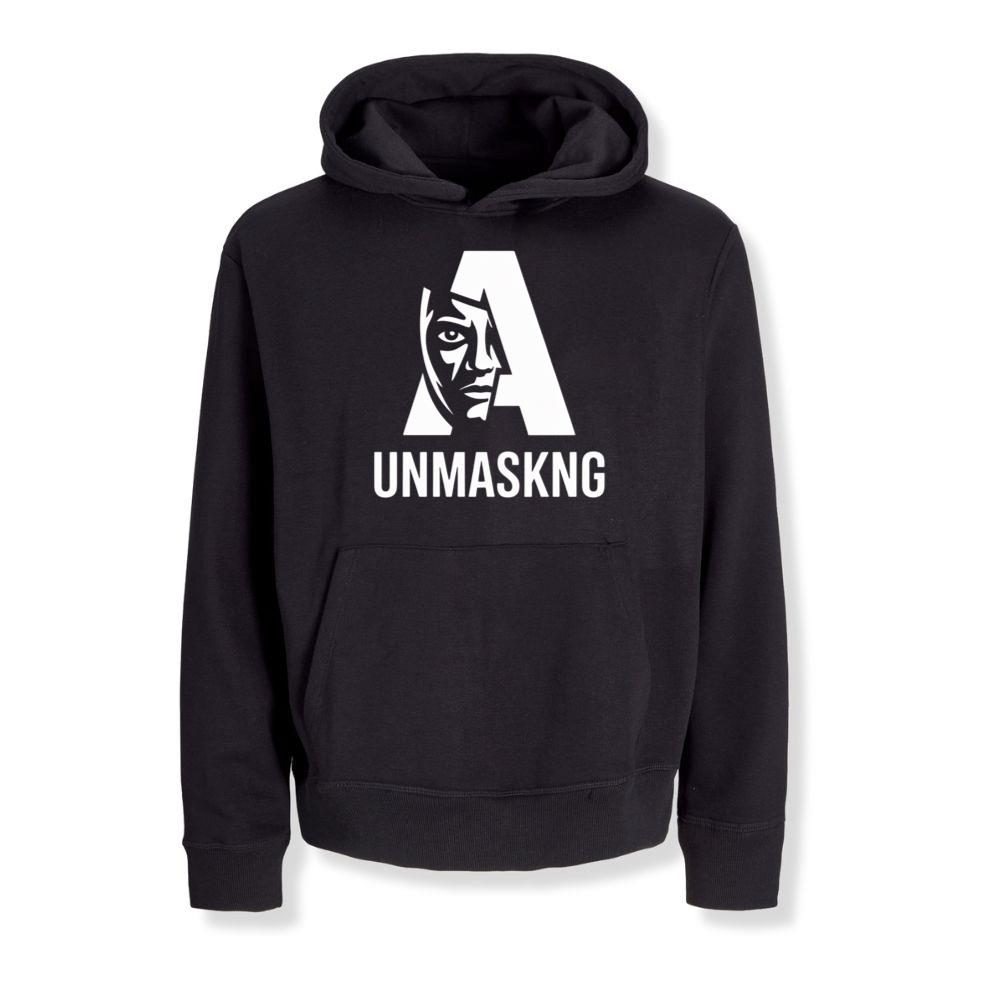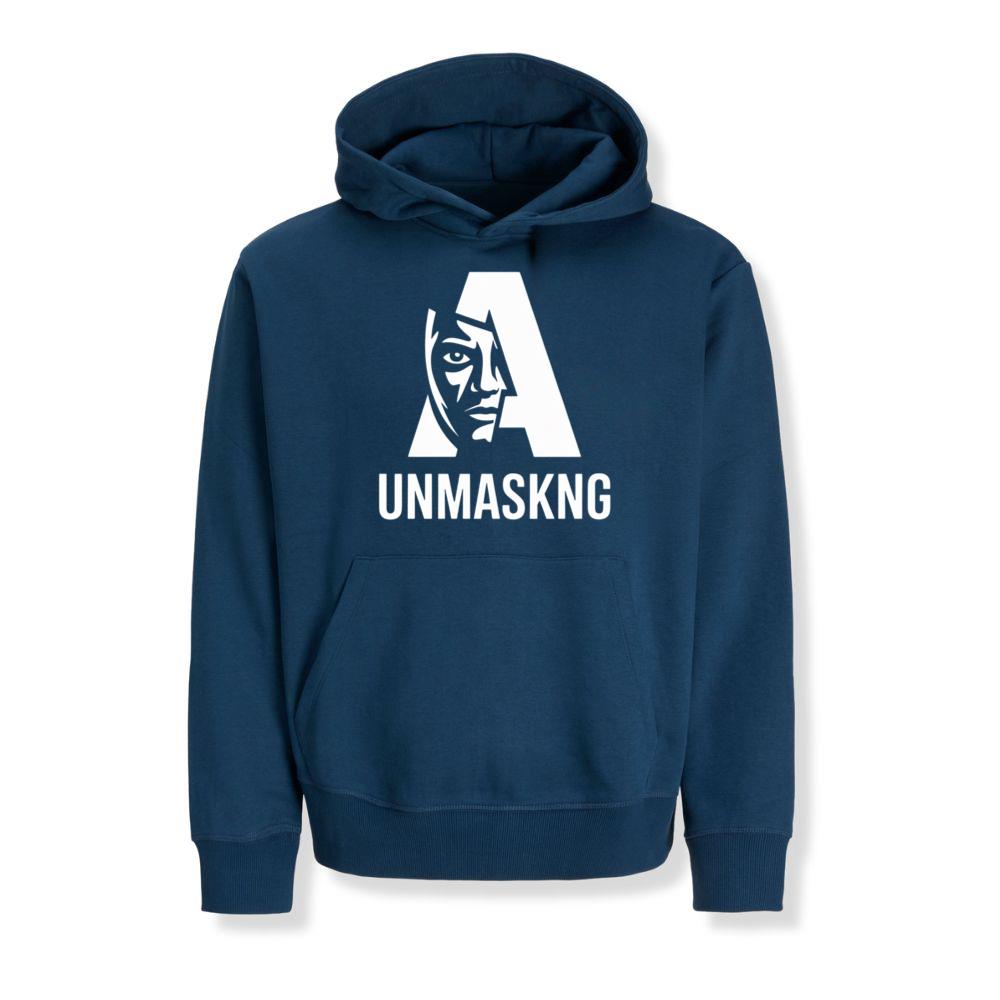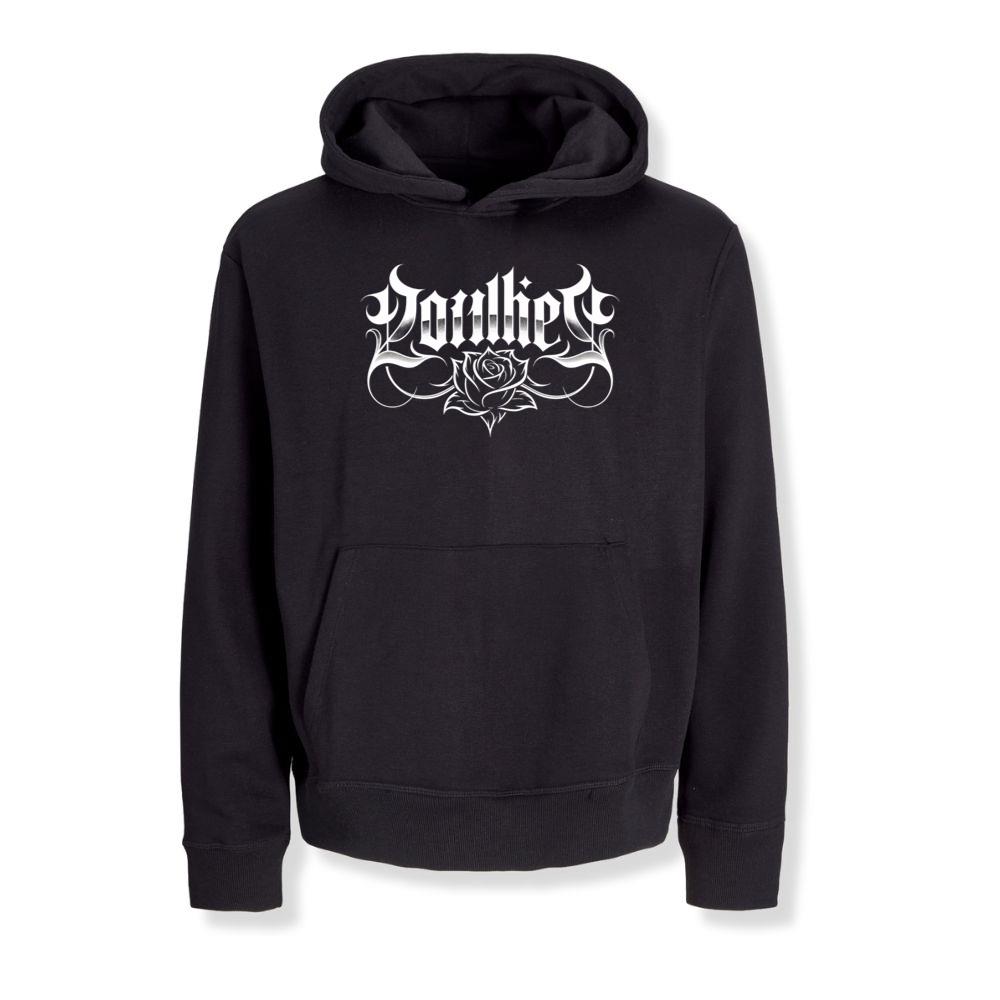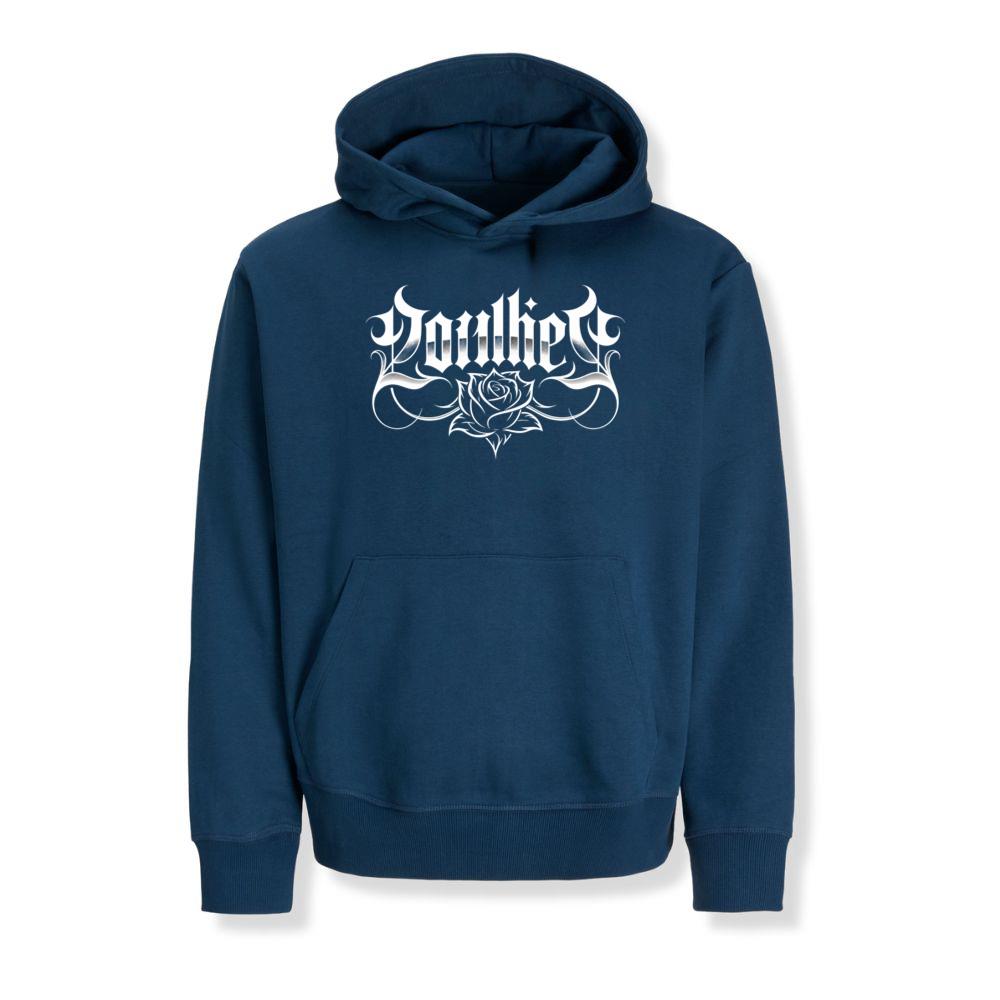Introduction
The fashion industry has always been defined by its ability to evolve with culture, technology, and creativity. As we move into 2025, one of the most exciting transformations is the rise of virtual wardrobes—a digital approach to style that is changing how people interact with clothing. This shift is not simply about digital outfits or filters; it represents an entirely new way to express identity, connect with communities, and reduce environmental impact. Virtual fashion is becoming both a cultural phenomenon and a technological revolution, merging innovation with sustainability and creativity with accessibility.
The Rise of Digital Fashion
Over the past few years, digital fashion has grown from a niche concept to a mainstream movement. Virtual wardrobes allow users to purchase, wear, and share clothing in purely digital spaces, whether on social media, gaming platforms, or virtual events. Brands are beginning to recognize the power of this new realm, offering collections that exist solely in digital format. This not only provides endless creativity but also eliminates the physical limitations of fabric, production, and storage.
Technology Driving the Virtual Closet
The development of augmented reality (AR), virtual reality (VR), blockchain, and artificial intelligence (AI) has made digital wardrobes possible. AR fitting rooms allow shoppers to “try on” garments without ever touching them, while blockchain ensures authenticity and ownership of unique digital pieces. AI personal stylists are beginning to recommend outfits based on individual preferences, creating personalized wardrobes in real time. Together, these technologies form the backbone of the digital fashion ecosystem, making style more interactive and intelligent than ever.
Redefining Identity in Digital Spaces
One of the most powerful aspects of virtual wardrobes is the ability to redefine identity. In the digital realm, self-expression is limitless. A user can wear a neon holographic dress to a virtual meeting, a futuristic metallic suit in a game, or switch between styles in seconds without constraints. This freedom allows individuals to explore different sides of themselves without the pressure of societal norms, creating a more inclusive and diverse fashion culture.
Sustainability and the Environmental Impact
Virtual wardrobes are not only stylish—they are also sustainable. Traditional fashion production contributes heavily to pollution, water waste, and overconsumption. By shifting to digital alternatives, users can reduce their carbon footprint and avoid unnecessary production. Many brands are using virtual fashion to complement physical collections, allowing customers to experience clothing digitally before deciding to buy, minimizing returns and overproduction. This makes digital wardrobes an innovative solution for both creativity and environmental responsibility.
The Role of Social Media and Gaming
Social platforms and gaming communities are becoming essential spaces for digital fashion. Platforms like Instagram, TikTok, and Snapchat now offer AR filters that let users dress up in virtual outfits instantly. In gaming, avatars are an extension of the self, and investing in digital clothing for characters has become a multi-billion-dollar industry. With younger generations spending significant time in these environments, virtual wardrobes are becoming just as important—if not more—than physical closets.
Luxury Brands Entering the Digital Sphere
Luxury fashion houses are embracing digital wardrobes with enthusiasm. From Gucci sneakers that only exist in augmented reality to Balenciaga’s collaborations in gaming, high-end labels see digital fashion as an opportunity to merge prestige with innovation. Owning a digital luxury item has become a new status symbol, offering exclusivity without physical constraints. For brands, this opens an entirely new revenue stream while reaching a generation that values both fashion and technology.
The Future of Everyday Fashion
As 2025 progresses, virtual wardrobes are expected to integrate seamlessly with everyday life. Imagine logging into a meeting and your digital outfit automatically updates to reflect your style preferences, or your favorite retailer sending you an exclusive virtual jacket that can be worn online before it ever hits stores. The line between digital and physical fashion will blur, giving consumers more freedom, personalization, and creativity.
Challenges and Considerations
Despite the excitement, virtual wardrobes also face challenges. Issues such as digital ownership rights, accessibility, affordability, and technological divides must be addressed to ensure inclusivity. Additionally, as digital clothing becomes mainstream, questions about authenticity, piracy, and copyright will become increasingly important. The industry will need to strike a balance between creativity and protection while ensuring fair opportunities for designers worldwide.
Conclusion
Virtual wardrobes are not a passing trend—they are the future of fashion. By combining technology, sustainability, and self-expression, they redefine how style functions in the modern world. In 2025, digital fashion will not only influence how we dress online but also how we think about clothing in physical reality. It is an evolution that empowers individuality, minimizes environmental harm, and expands the definition of what fashion can be. As we step deeper into this digital era, our wardrobes are no longer limited by fabric and seams but expanded by imagination and innovation.


